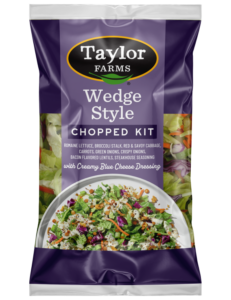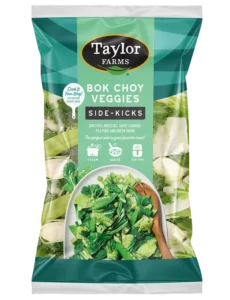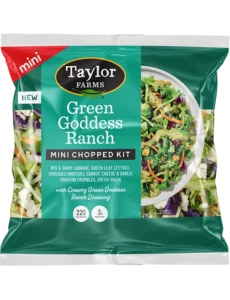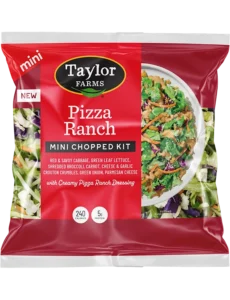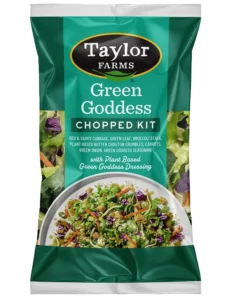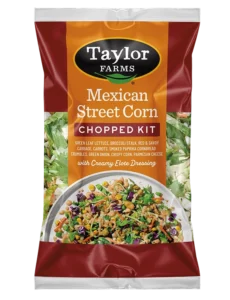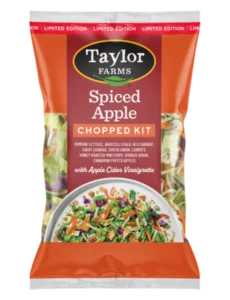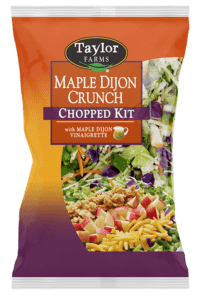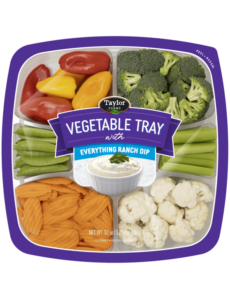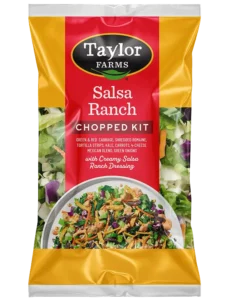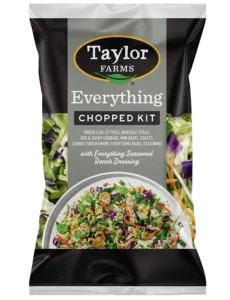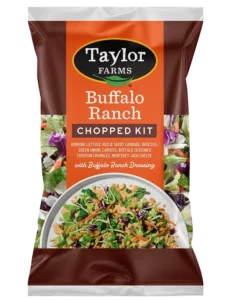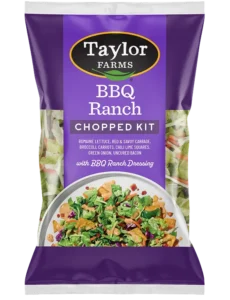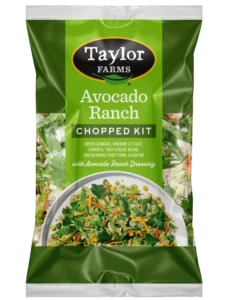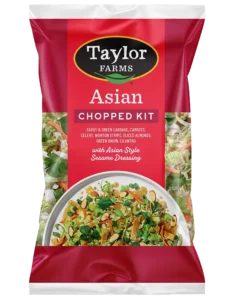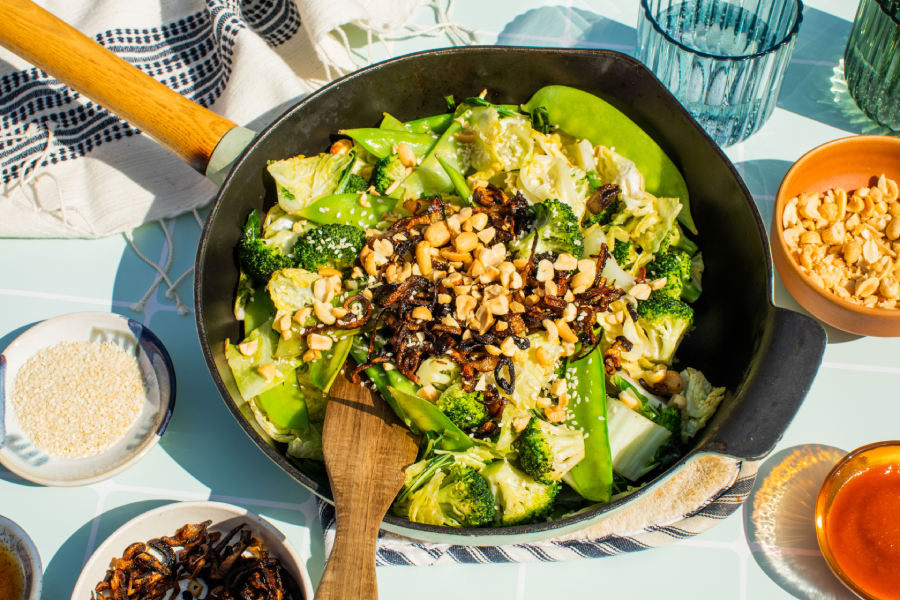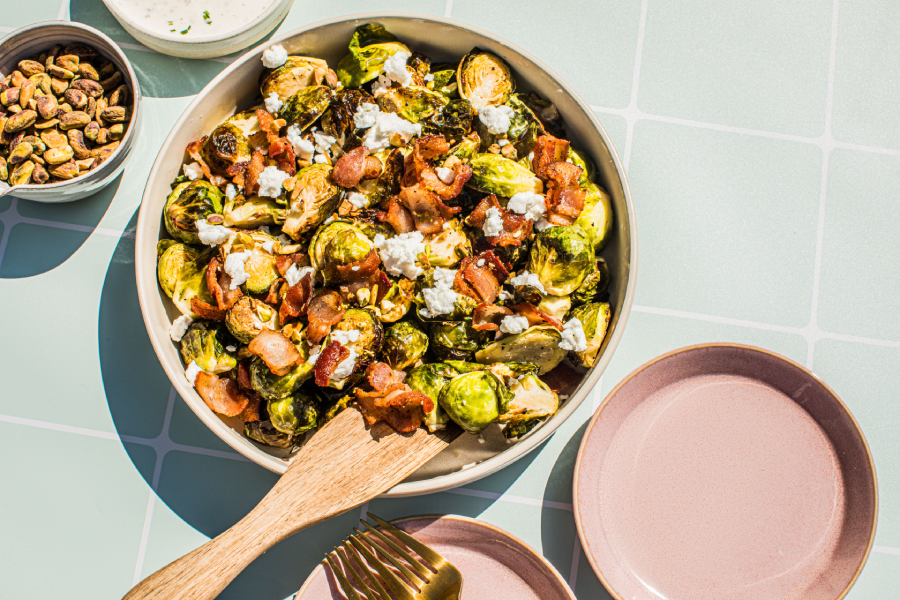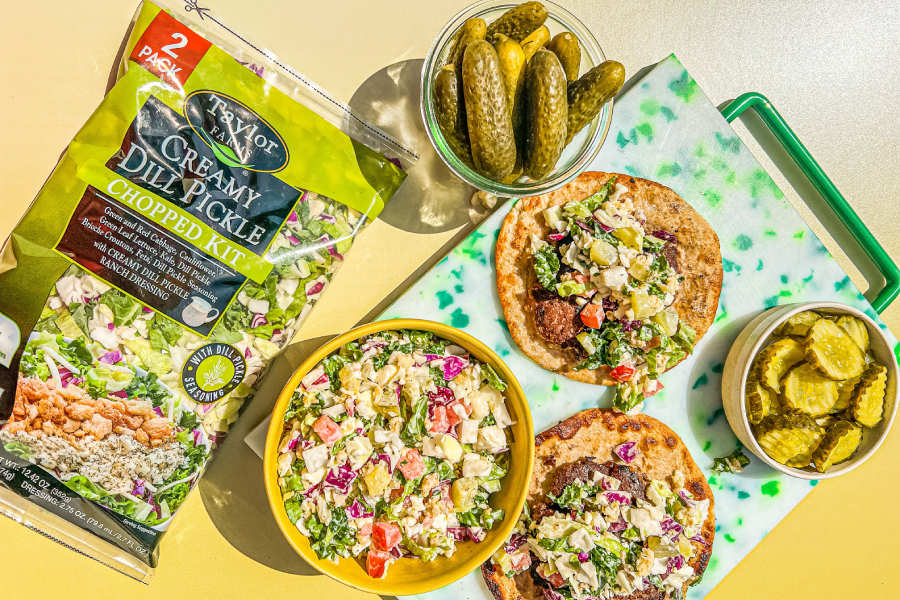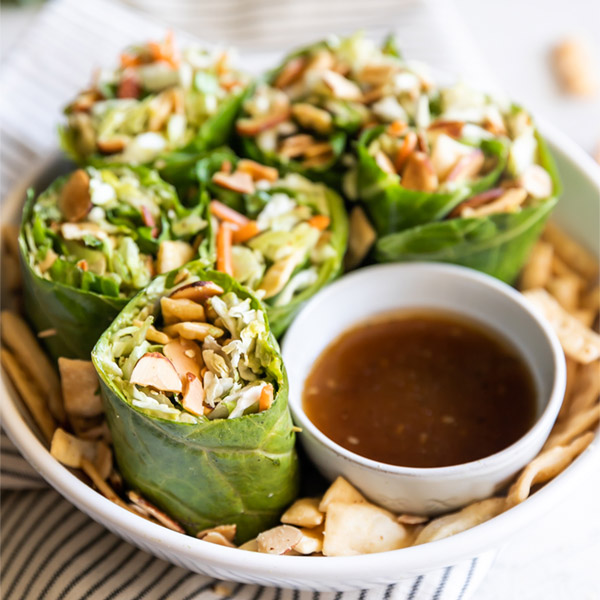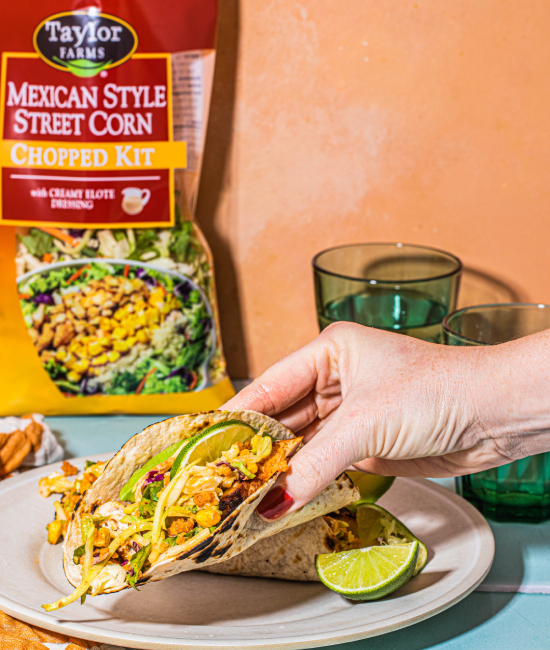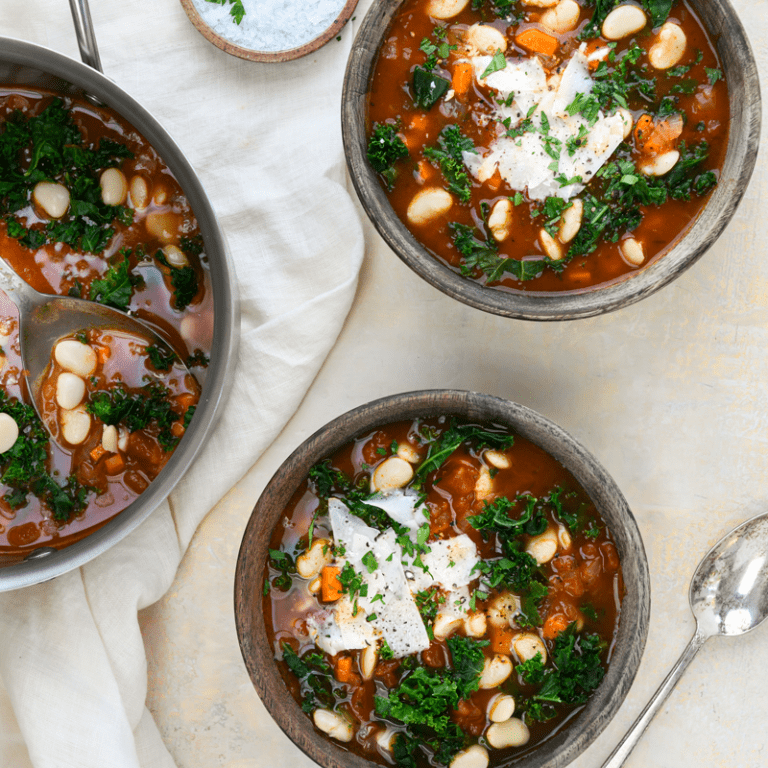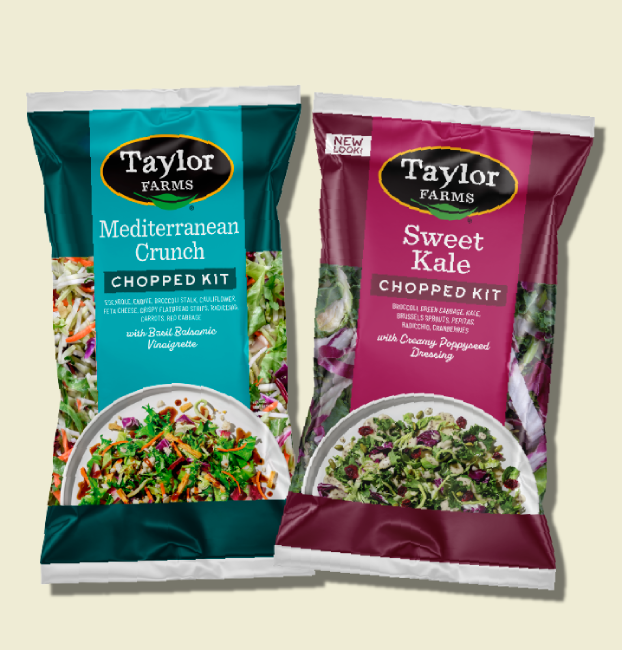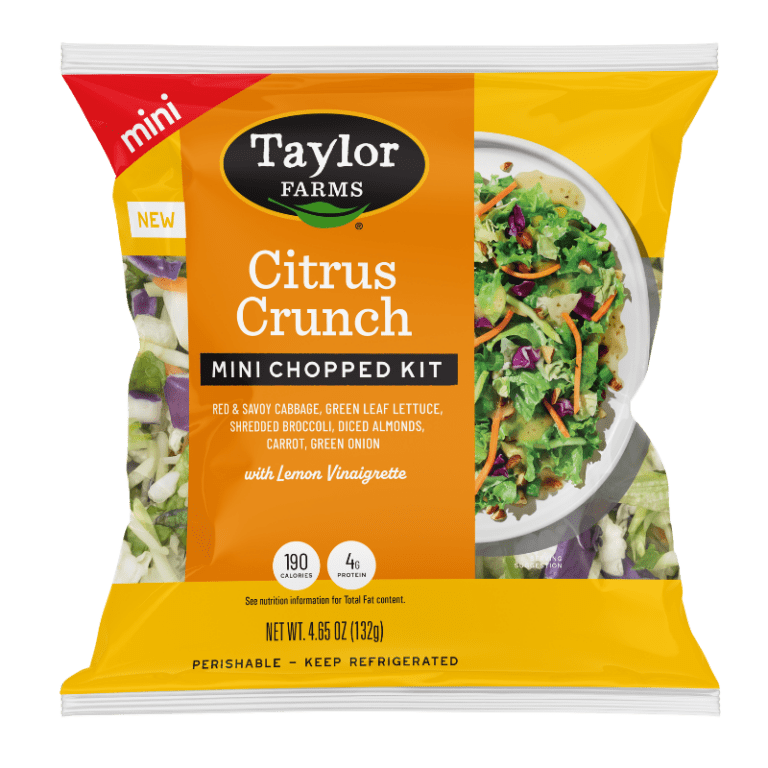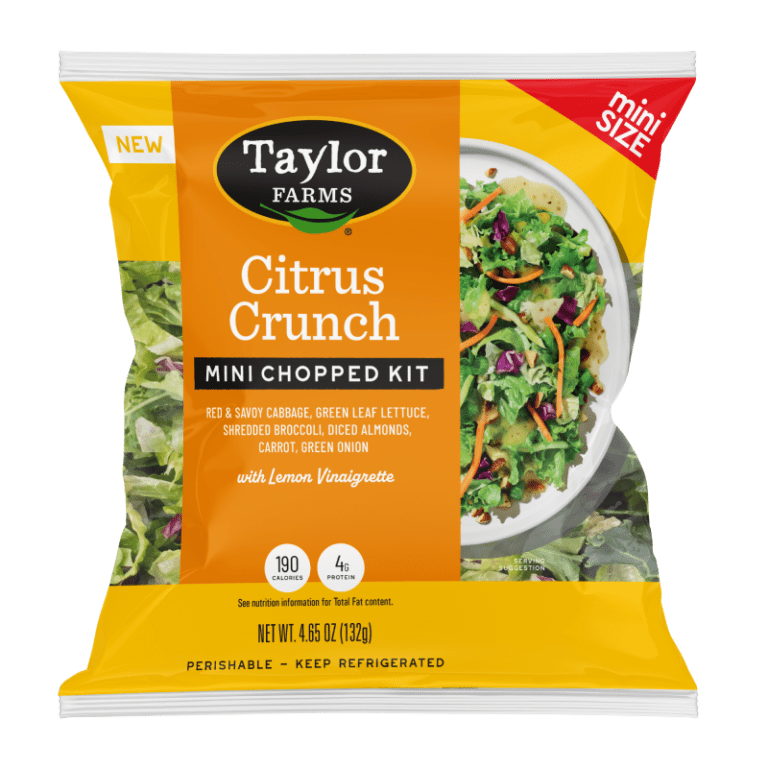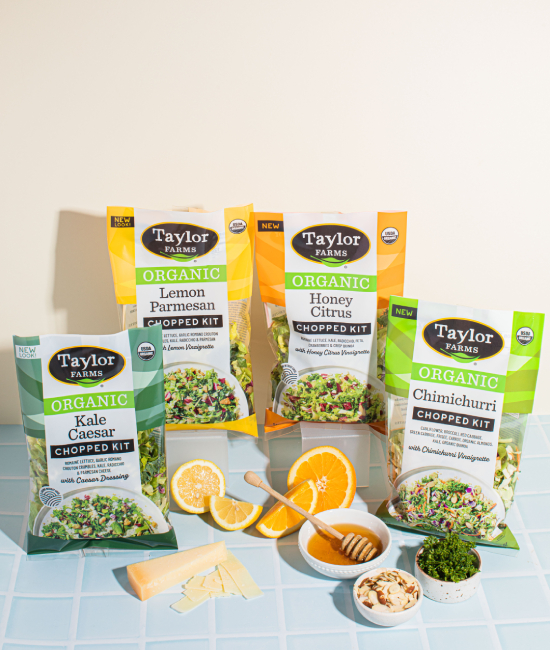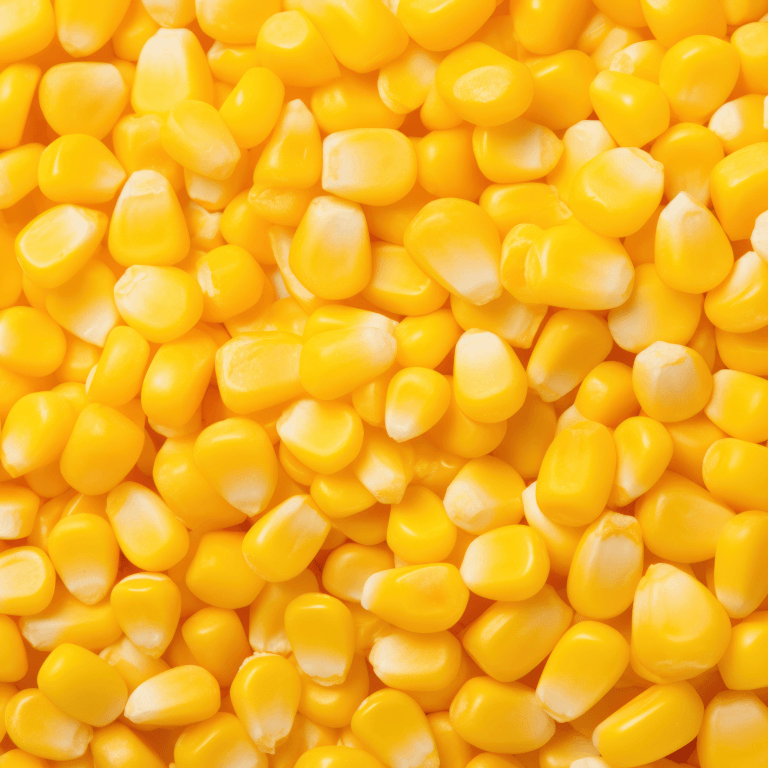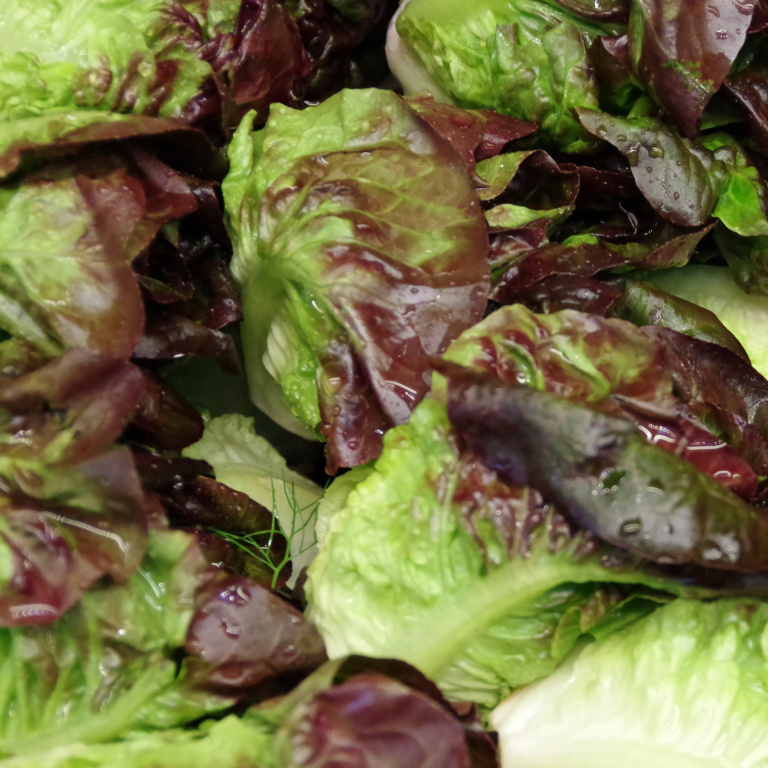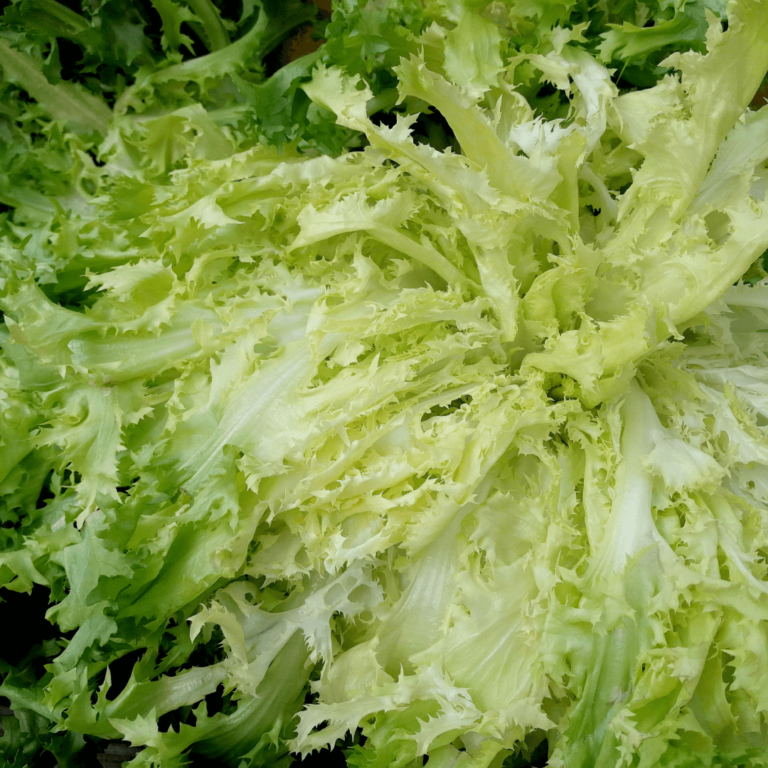Green Onion at a Glance
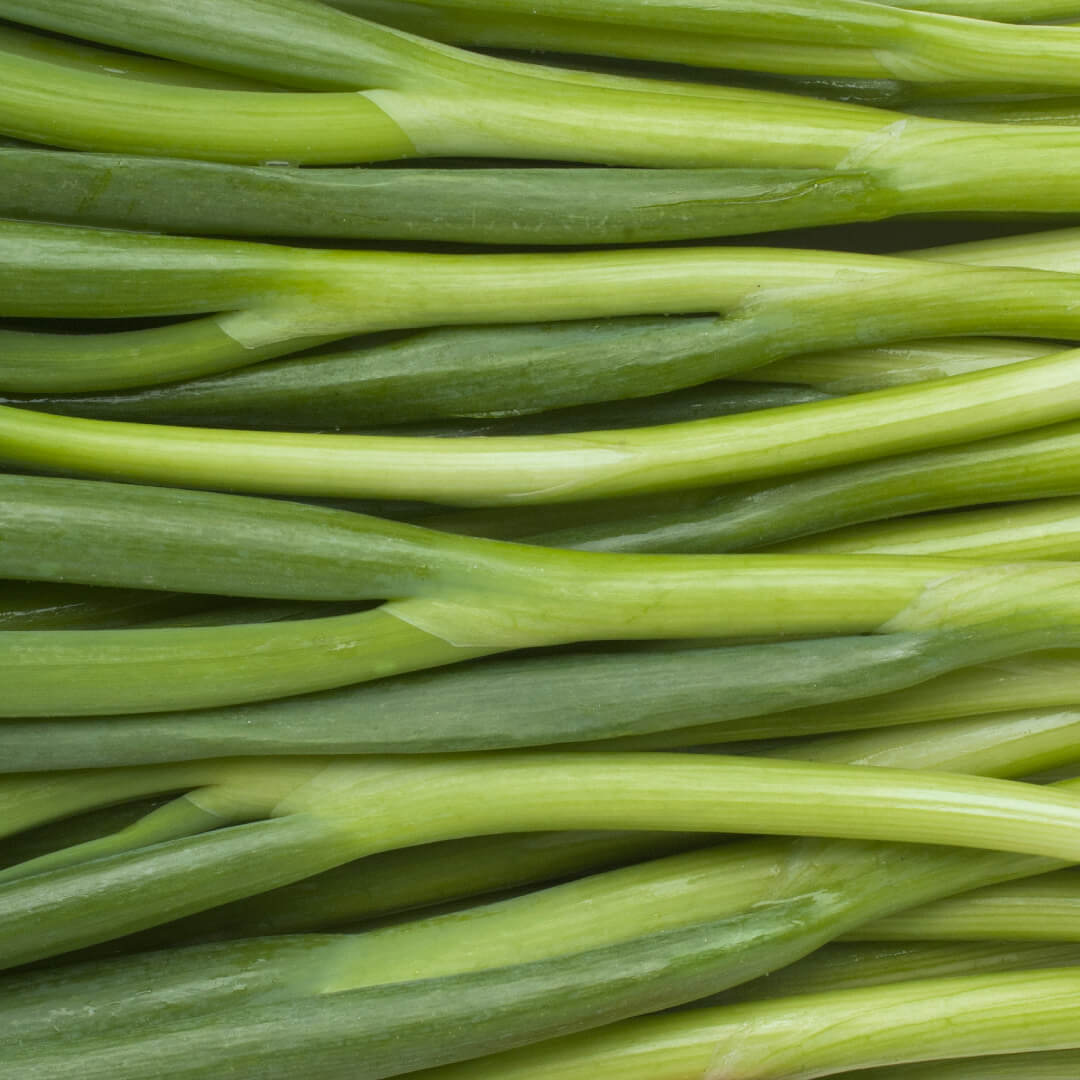
Scientific Name: Allium fistulosum
Family: Amaryllidaceae
In Season: Available year-round, with peak freshness in spring and early summer
Varieties: Commonly found in two forms—bunching onions with slender stalks and shallot-like bulbs, or Korean onions with larger, white bulbs and dark green leaves.
Great for: Adding a mild, oniony kick to salads, stir-fries, soups, and garnishes.
Green Onion Nutrition
Vitamin K
Vitamin C
8 calories
Common Questions about Green Onion
Green onions offer a delightful burst of freshness when enjoyed in their raw state. Their flavor is a harmonious blend of mild onion notes and subtle hints of garlic. The white bulbs of the stalks provide a gentle, crisp bite with a slightly peppery undertone, while the dark green stalks offer a more herbaceous flavor profile. This unique combination of flavors makes raw green onions an easy addition to salads, salsas, and garnishes, adding a zesty kick without overpowering the palate.
Cooking green onions tames their sharpness and enhances their natural sweetness. As they sizzle in a pan or simmer in a soup, their pungency mellows, and they take on a more subtle, savory character. The white bulbs become tender and sweet, while the green tops keep a pleasant bite. Cooked green onions are ideal for getting a gentle hint of onion flavor into stir-fries, soups, and sautés.
Growing green onion
When growing green onions in your garden or home, you can typically start harvesting them once the stalks reach about 6-8 inches in height. To pick them, simply use scissors or a knife to snip the green stalks just above the soil level, leaving the roots in place to continue growing more onions.
Purchased green onion
When purchasing fresh green onions from the store or market, look for ones with vibrant, crisp, and unblemished green tops. Avoid any green onions that appear wilted or have any slimy or discolored sections. Fresh green onions should have a mild, clean aroma. To check for freshness, gently squeeze the bulb end; it should feel firm, not soft.
To store green onions, trim any wilted or brown ends from the roots. Place them in a glass or jar with about an inch of water, ensuring the roots are submerged. Cover the top loosely with a plastic bag or plastic wrap and secure it with a rubber band. Store the jar in the refrigerator’s crisper drawer. Change the water every few days to keep it fresh.
Alternatively, you can also wrap the green onions in a damp paper towel and place them in a plastic bag. Seal the bag and store it in the crisper drawer. Properly stored green onions can stay fresh for up to two weeks, maintaining their flavor and texture.
Yes, you can freeze green onions, but it’s important to note that freezing can change their texture, making them less suitable for fresh uses like salads or garnishes. It’s best to blanch them before freezing to maintain color, texture, and flavor.
When frozen properly, green onions are best used in cooked dishes like soups, stews, casseroles, or stir-fries, where their texture change is less noticeable. They may lose some crispness but will still retain their flavor.
Green onion is a versatile plant that can thrive in different climates and soil types, from cooler temperate regions to warmer tropical areas. It is often grown in home gardens, as well as on commercial farms. In the United States, states like California and Texas are major producers, while countries in Asia, Europe, and other continents also cultivate a massive amount of green onion.
Green onion prefers well-drained soil and can be grown both from seeds and from sets. While they can be grown year-round in milder climates, in cooler regions, they’re typically planted in the spring and harvested in the summer.

How to cook & serve green onion
Sautéed: Heat a bit of oil in a pan, add chopped green onions, and sauté until they turn tender and lightly caramelized. Serve as a topping for grilled meats, baked potatoes, or in omelets for an extra burst of flavor.
Roasted: Toss whole green onions with olive oil, salt, and pepper, then roast them in the oven until they become tender and slightly charred. Serve as a side dish or to garnish roasted vegetables or fish.
Grilled: Brush green onions with oil and grill until they develop grill marks and a smoky flavor. Serve grilled green onions as a side to BBQ dishes, or chop them for use in salsas, salads, or tacos.
Steamed: Steam whole green onions until they are tender yet maintain their vibrant color. Use steamed green onions as a side for steamed fish or incorporate them into Asian-inspired dishes like stir-fries or noodle soups.
Raw: Chop fresh green onions and sprinkle them over salads, tacos, sandwiches, rice bowls, or as a garnish for soups and stews.
Pickled: Submerge green onion bulbs in a vinegar-based brine and let them pickle for a tangy condiment. You can then serve them as a zesty accompaniment to sandwiches, burgers, or tacos.

